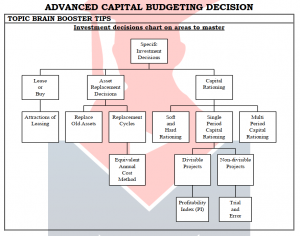
ANSWER 1
(a) Limitations of utility analysis
– It is difficult to specify the utility function for a group of individuals who have
different risk attitudes.
– In reality, utility is not measurable in numerical terms as assumed by the utility
theory. It’s more of a quantitative factor than qualitative.
– It is difficult to specify the utility functions especially due to conflict of interest
between shareholders and managers who have different risk attitudes.
– The utility function is only applicable at one point in time. In practice the utility of
the investor will keep on changing, a factor which renders utility theory meaningless
ANSWER 2
a) Roles played by sensitivity analysis:
⎯ It identifies critical variables that require further analysis or consideration in
project appraisal.
⎯ Sensitivity analysis improves management by exception by allowing the finance
manager to focus only on the critical variables (sensitive variables)
⎯ Sensitivity analysis helps in exposing inappropriate forecasts.
⎯ Sensitivity analysis provides information on the risk of the project
ANSWER 3
(a) Sensitivity analysis – This a tool that allows exploration of the impact of individual
assumptions on a decision variable, such as project’s NPV by determining the effect
of changing one variable while holding all others fixed
Scenario analysis – a more complex form of sensitivity analysis that provides for
calculating the decision variable, such as NPV when a whole set of assumptions
change in a particular way